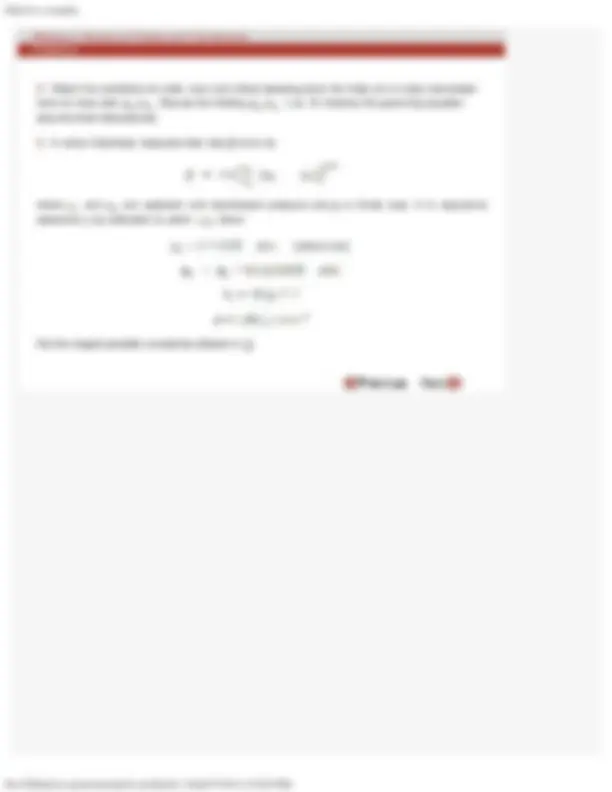





Study with the several resources on Docsity

Earn points by helping other students or get them with a premium plan


Prepare for your exams
Study with the several resources on Docsity

Earn points to download
Earn points by helping other students or get them with a premium plan
Community
Ask the community for help and clear up your study doubts
Discover the best universities in your country according to Docsity users
Free resources
Download our free guides on studying techniques, anxiety management strategies, and thesis advice from Docsity tutors
Some concept of Optical Measurement Techniques in Thermal Sciences are Absorption Techniques, Alternative Approaches, Calibration Details, Computerized Tomography, Convolution Backprojection. Main points of this lecture are: Critical Damping, Probes, Transducers, Pitot Tube, Air Flow, Uniform Velocity, Limb Diameter, Critically Damped, Manometer, Possible Uncertainty
Typology: Slides
1 / 6

This page cannot be seen from the preview
Don't miss anything!




to a U-tube manometer with a water column of m total length. The limb diameter is so chosen that the manometer is critically damped. Find the time required to make a measurement on the manometer. Hint : Show that the limb diameter is 0.78 mm. To reach 99% of the steady state reading (or better), show that time should satisfy the inequality
where
Formulate the thermometer response as a first order system and determine its time constant. Assume black body radiation. Assume the bead-to-furnace shape factor to be unity. Stefan-Boltzmann constant W/m 2 K 4 ; mass of the sensor g, specific heat and surface area. Hint : Show that the thermocouple bead temperature will increase as per the differential equation
where is the mass of the bead, is its surface area. The solution of the differential equation can be obtained analytically, by linearizing the second term; alternatively, an iterative numerical solution can be obtained, say, by a finite difference scheme.
Assume a spatially distributed system i.e.. Compare the attenuation frequency determined here with the value obtained from lumped parameter analysis.
If the fluid velocity varies with time as m/s ( in seconds) determine the velocity function recorded by the pitot tube. If changes as, m/s find the steady state error in the pitot tube measurement of velocity.
flow over a rough flat plate. Discuss carefully the characteristics of the roughness elements in terms of their size and distribution. Discuss the choice of the sensors to be used. Comment on the distribution of a given number of points (say, 21) within the boundary-layer.